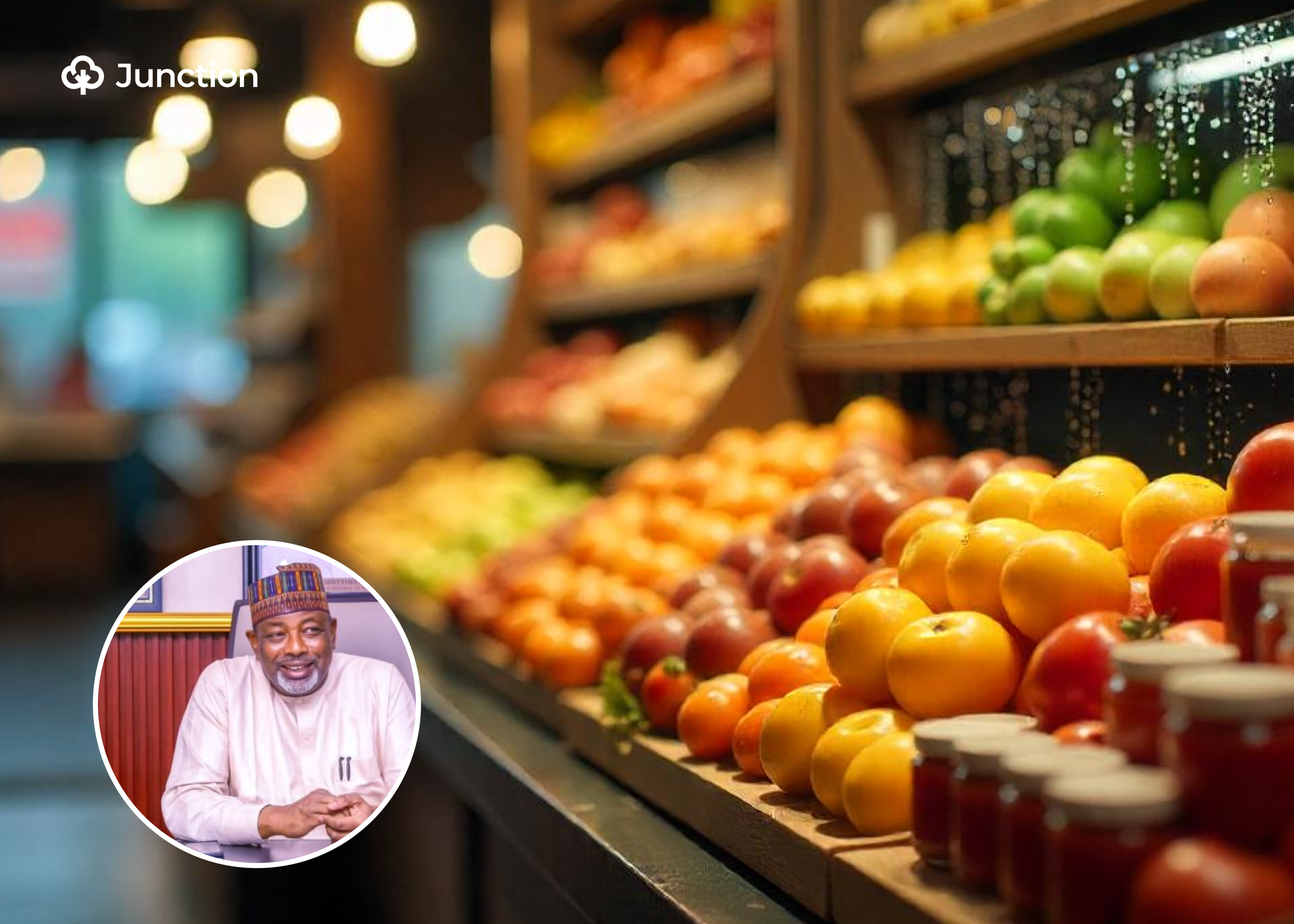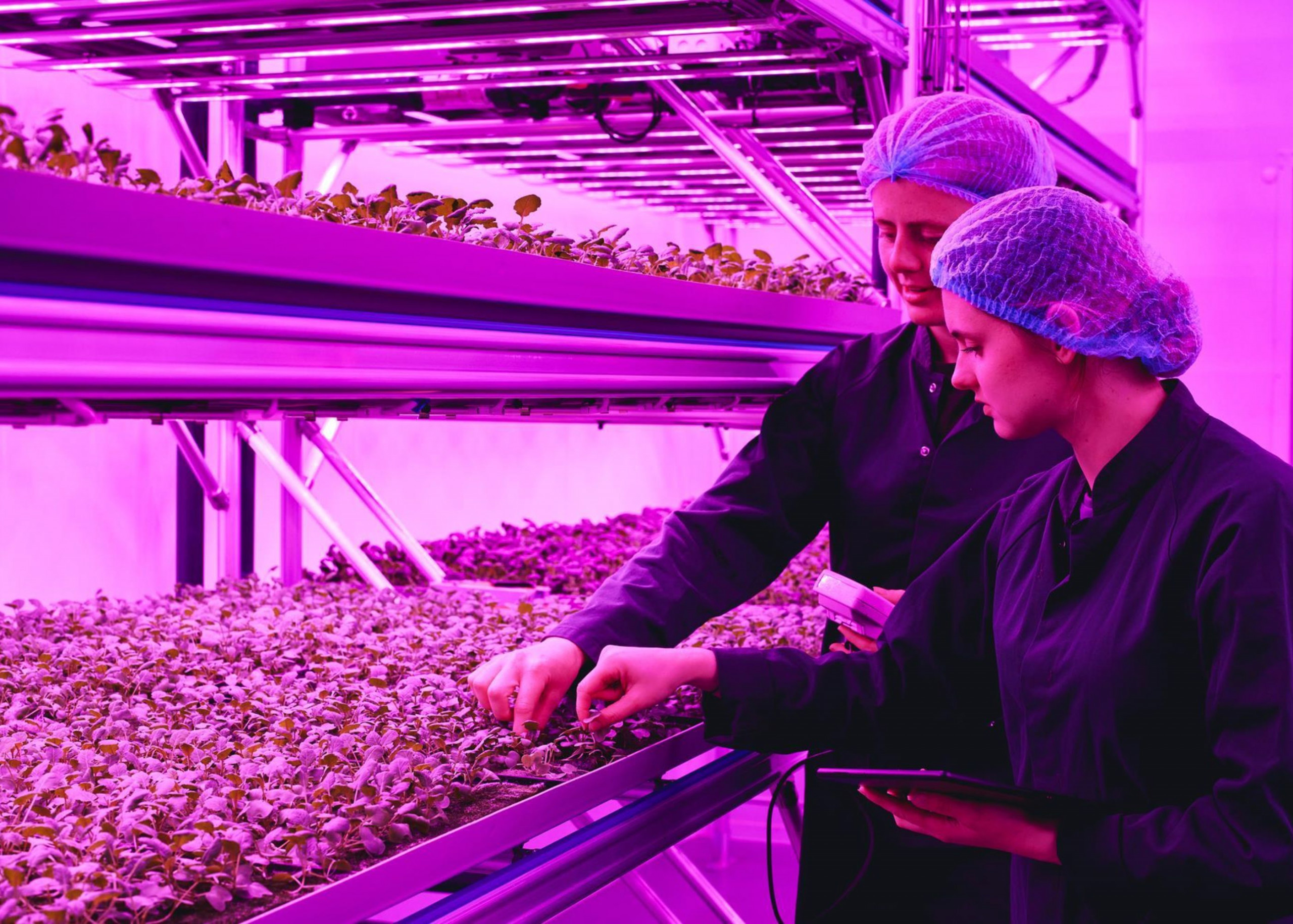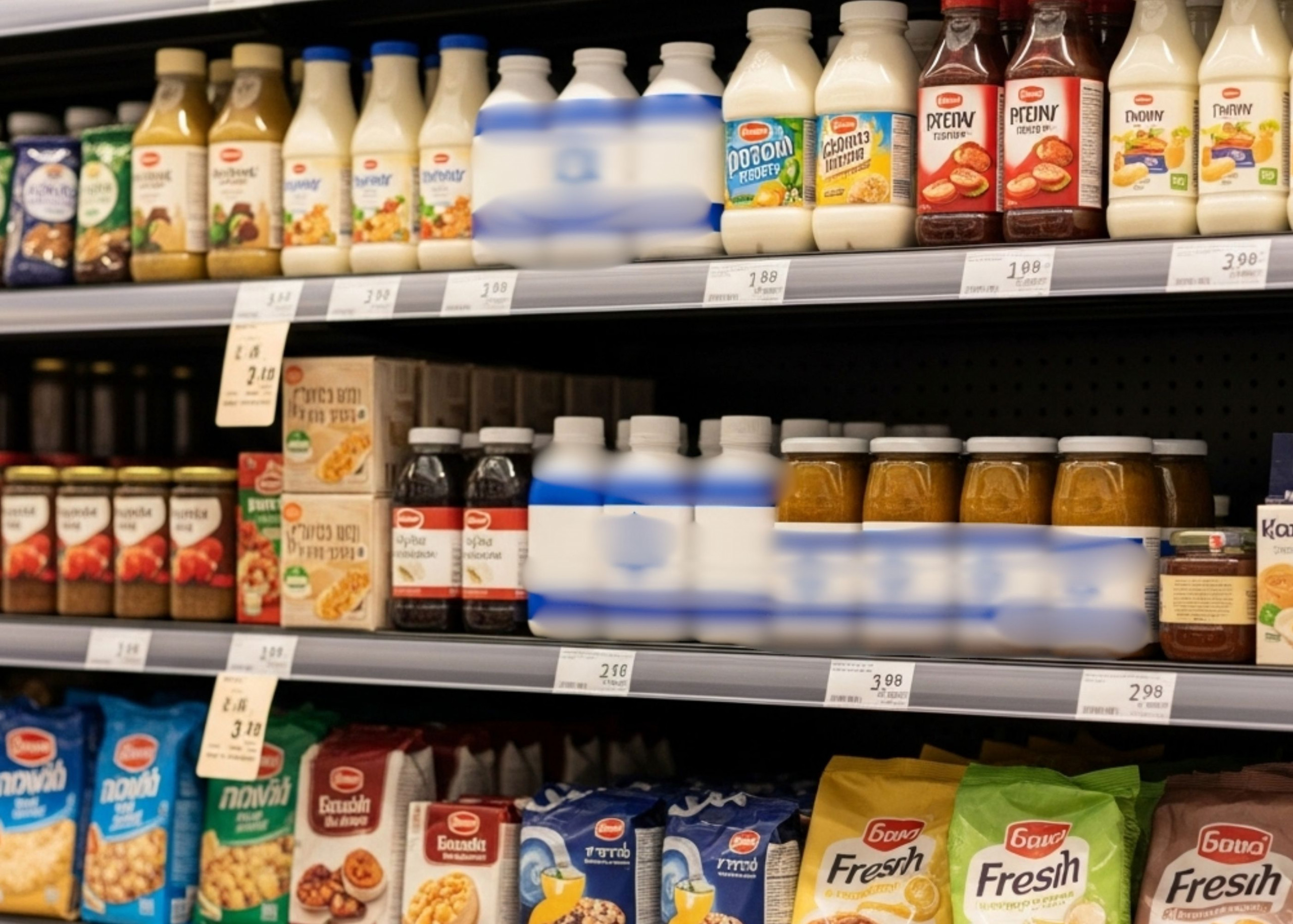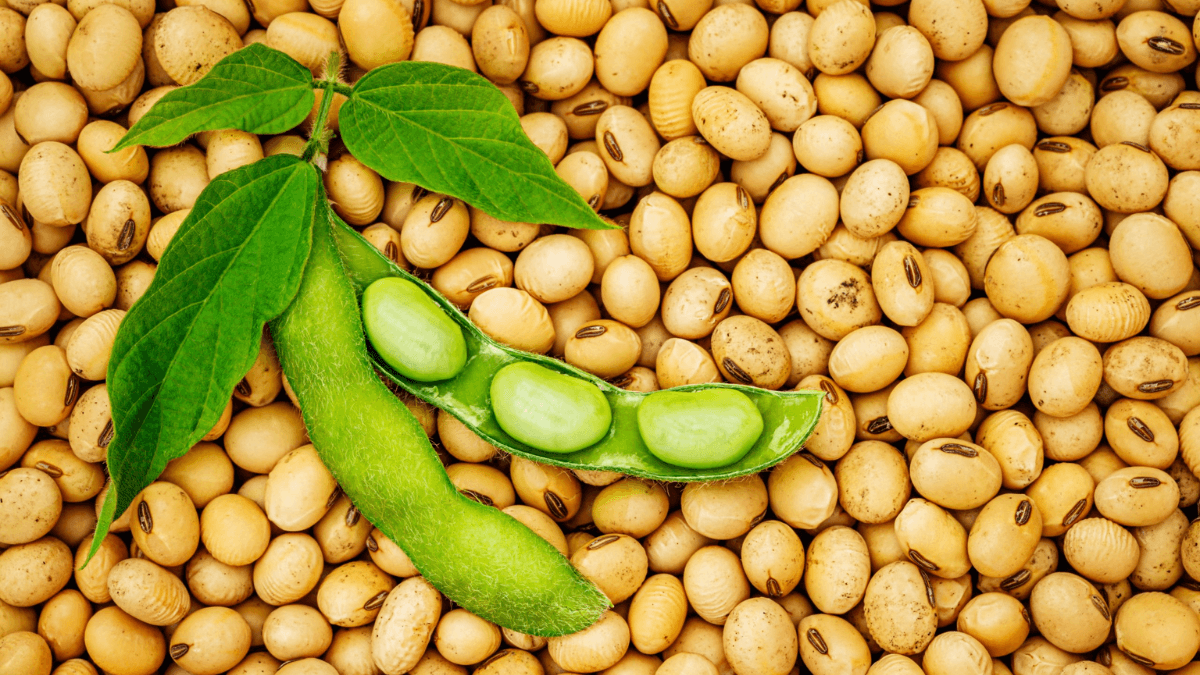News in Brief:
– Nigeria’s Agriculture Minister’s claim of declining food prices has been met with mixed reactions, with many citizens disputing the figures and calling for more effective government intervention.
– Concerns about retail prices, input costs, and market regulation dominate the public discourse, highlighting the need for transparent and sustainable solutions to address food affordability.
A heated debate has erupted in Nigerian social media space, over the state of food prices. This follows claims by the Minister of Agriculture and Food Security, Senator Abubakar Kyari, that costs are steadily declining. He attributed this positive trend to the federal government’s policies under President Bola Ahmed Tinubu’s Renewed Hope Agenda.
He cited reductions in key commodity prices like rice, maize, sorghum, millet, cowpea, and wheat between December 2024 and February 2025. The minister shared comparative figures on his X account.
Government intervention praised by some, doubted by many
According to Senator Kyari’s post, rice paddy prices dropped from ₦800,000 per tonne in December 2024 to ₦600,000 in February 2025. Similar decreases were reported for maize (₦600,000 to ₦500,000), sorghum (₦700,000 to ₦550,000), millet (₦700,000 to ₦550,000), cowpea (₦1,200,000 to ₦1,000,000), and wheat (₦900,000 to ₦790,000).
Additionally, Senator Kyari stressed the government’s commitment to ensuring fair pricing, improved food distribution, and increased agricultural productivity.
While some X users expressed support for the Minister’s claims and commended the government’s efforts, these voices were largely overshadowed by scepticism.
Retail prices and input costs fuel public dissatisfaction
Further reacting to the assertion, many netizens challenged the reported price reductions, arguing that prices on the ground remain stubbornly high.
“Prices still remain high, nothing has changed. I don’t know where that news of food prices [declining] is coming from,” Uncle Seun (@Oluwase32922783) stated.
Another user suggested that retailers are not complying with the reported reductions, choosing instead to sell old stock at old prices while preparing to sell new produce at even higher prices.
“The prices are not coming down sir,” he wrote. “They are currently selling old stock with old prices while stocking new produce to be sold at high prices later. The government need to create large warehouses to stock certain foodstuffs with stamps and sell at an average price.”
Several other contributors supported this call for the government to establish large warehouses to stabilise prices. Also, there were concerns regarding the cost of agricultural inputs.
One user urged the government to address the high prices of chemicals and fertilisers. They argued that farmers risk accumulating debt if input costs remain high while commodity prices decline.
Conflicting data, market regulation, and sustainability questions
Furthermore, conflicting data muddied the waters. Comr Bashir Kwama (@kwamab), another X user, provided alternative figures. He claimed that the price of paddy rice is ₦798,000 per ton, while other commodities also have higher prices than the Minister’s figures:
- Paddy rice — ₦798,000
- Maize hybrid — ₦627,000
- Sorghum — ₦627,000
- Millet — ₦704,000
Meanwhile, Olamilekan (@talk2heedman) acknowledged the government’s efforts but called for stricter market regulation. He suggested that companies benefiting from import waivers are not passing on the benefits to consumers. Thus, he urged the government to conduct market surveys and enforce price reductions.
Some users questioned the sustainability of the reported price decreases and suggested that the price changes might be seasonal and not necessarily a result of government intervention.
A call for transparency and action
The contrasting reactions to Senator Kyari’s claims highlight the complexity of the food pricing situation in Nigeria. While some acknowledge positive developments, many remain sceptical and call for more comprehensive, transparent, and sustainable solutions.
They opine that these measures are necessary to address the challenges of food affordability and accessibility. Essentially, the public discourse underscores the need for greater clarity on the government’s interventions and their actual impact on market prices.



